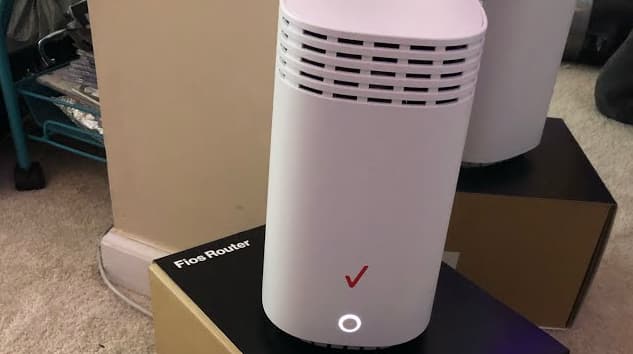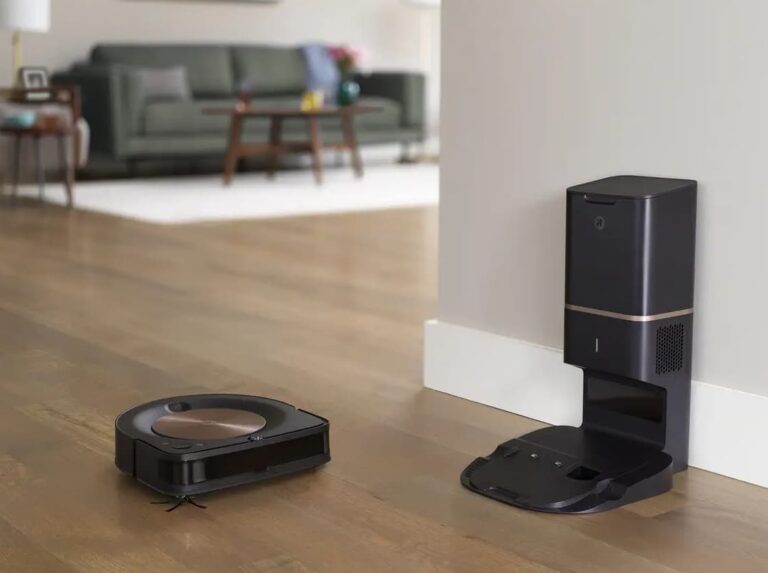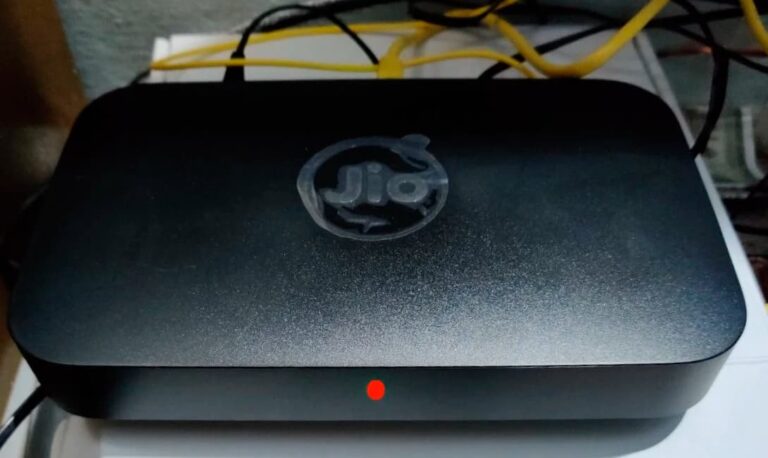Why is My Heating Pad Blinking and Not Working?
A heating pad can provide soothing warmth for sore muscles and joints. But when the lights start blinking, that likely indicates a problem. A blinking light typically means the internal wires are overheating, which can happen for several reasons.
It’s important to diagnose and fix any issue to prevent more serious problems like burns, tripped breakers, or blown fuses.
Why is My Heating Pad Blinking and Not Working?

In this comprehensive guide, we’ll overview 7 reasons your heating pad blinks and how to troubleshoot each one.
Top 7 Reasons Why Is Your Heating Pad Blinking and Not Working?
Reason #1: Overheated Internal Wires
The core component allowing electric heating pads to provide heat is thin wires embedded in the fabric. These resistance wires warm up when electricity passes through them. But if they overheat, they send an alert to the controller to start blinking.
On many heating pad controllers, the lights will blink red, white, or yellow to indicate overheating wires. Some have digital displays with specific error codes that correspond to troubleshooting guides.
According to Electrical Safety Foundation International, over 500 fires every year originate from electric blankets and heating pads overheating. Risk factors include excessive use, outdated products, and lack of maintenance.
How to Fix Overheated Wires:
- Unplug the heating pad and let it fully cool for at least one hour
- Plug it back in to see if the blinking persists
- If the wires are replaceable, install new ones from the manufacturer
For pads with non-replaceable wires, you’ll likely need a new heating pad if the wires have burnt out.
Reason #2: Blown Internal Fuse
Most heating pads have a small, single-use thermal fuse inside. If the fuse blows, the device won’t be able to power on and heat up until you replace it. This typically triggers blinking lights indicating an internal issue.
How to Replace the Fuse:
- Unplug the heating pad
- Locate and remove the blown fuse in the controller or plug.
- Identify the fuse type using the product number or SKU.
- Install an identical new fuse in the proper location.
- Plug in the pad to see if the blinking stops.
Reason #3: Insufficient Electricity to Controller
According to sleep expert Terry Cralle, the average heating pad requires around 180 watts per hour to run properly. If the electricity supply is disrupted to the device, it may blink or display other warning signs.
Causes for electricity loss include faulty circuit breakers, low-quality extension cords, loose plug connections, and more.
How to Check Electrical Supply:
- Use a multimeter tool to check if the controller is getting the expected wattage.
- If not, check the electrical supply at the outlet with a multimeter.
- If the outlet has sufficient power, use the multimeter on the corresponding circuit breaker.
- Replace any underperforming electrical components like the breaker or outlet if needed.
- Consider replacing the controller if blinking persists.
Reason #4: Outdated Model
As with electric blankets, most heating pads effectively last around 5 years with regular usage. Using an older model past its lifespan risks hazardous overheating situations. Outdated parts like wires and fuses degrade over time.
How to Address an Outdated Unit:
Unfortunately, the only true fix is to replace the entire outdated heating pad with a new one. Used, aging heating pads pose considerable safety issues with their underperforming and damaged internal components. It’s best to retire them.
Reason #5: Inadequate Ventilation
Heating pads require open air flow to prevent internal overheating. Using too many blankets or tightly wrapping the pad can block ventilation leading to blinking lights.
You also shouldn’t place heating pads directly on surfaces like water beds, air mattresses, plastic covers, etc. as they can trap heat.
How to Improve Ventilation:
Make sure your heating pad remains the top layer of bedding or materials so heat can escape. Don’t cover it fully with blankets, sheets, pillows etc. Proper ventilation is key for safe extended operation.
Reason #6: Excessive Single-Use Duration
Heating pads take 5-10 minutes to fully warm up to temperature settings. While they can safely remain active for up to 30 minutes, any longer risks potential overheating and blinking indicator lights.
The same rule applies for electric blankets—don’t exceed 30 continuous minutes per use session.
How to Use Safely:
- Keep single-use sessions under 30 minutes
- Use low or medium heat settings
- Power off completely when not in use
- Unplug if lights blink or other issues arise
Reason #7: Contact with Heat-Sensitive Materials
Placing heating pads directly against certain materials can also cause overheating. For example, using one on a memory foam mattress topper or gel bed can lead to melting or burning. This triggers protection mechanisms to blink the lights.
How to Avoid Issues:
Do not place heating pads in direct contact with:
- Plastic surfaces
- Memory/gel foam
- Rubber
- Vinyl
- Leather
You can use heating pads on yourself even when lying on those surfaces. But keep the device on top of clothing or blankets as a barrier.
Prevention Tips to Fix Heating Pad Not Working:
Here are 5 key tips to prevent your heating pad from blinking in the future:
- Frequently check for damage and replace parts proactively.
- Always use on low/medium heat for 30 minutes max.
- Ensure open airflow and no coverage with bedding.
- Place on top of clothing/blankets if on questionable surfaces.
- Buy a new heating pad every 4-5 years depending on the use.
FAQs:
Below are answers to 10 common questions about blinking heating pad lights.
- Why does my heating pad keep blinking?
Blinking lights typically indicate overheated internal wires because of extended use, lack of ventilation, or an issue with the electricity supply to the controller.
- How do I reset my heating pad when it blinks?
Start by unplugging it and letting it fully cool down for at least one hour. Then plug it back in to see if the blinking persists. Also, check for tripped fuses.
- Is it safe to use if the heating pad is blinking?
No, a blinking heating pad could be overheating and pose a safety risk. Always unplug and discontinue use until identifying and fixing the cause.
- Why does my heating pad blink 3 times?
Consult the user manual or online guides. Three blinks likely relate to a specific error code such as an internal failure or blown fuse.
- How can I stop my heating pad from blinking?
Check for insufficient power supply, blocked airflow and ventilation, excessive use sessions, placing on problematic surfaces, and overall wear. Address the underlying issue.
- What does the red blinking light mean on the heating pad?
Typically a red blinking indicator means the internal wires are severely overheating. Let it fully cool down and check for damage before continued use.
- Why does my heating pad shut off and blink?
Automatic shut-offs after blinking lights indicate a safety mechanism tripped within the heating pad to prevent hazardous overheating due to a detected issue.
- How long do heating pad batteries last?
Heating pads plug into wall outlets rather than using batteries. However, internal components like fuses effectively last 5+ years with proper maintenance and ventilation.
- Can I put a heating pad under a mattress pad?
No, placing heating pads below other materials risks trapping heat and moisture leading to rapid product deterioration and blinking lights indicating failure.
- Is 30 minutes too long to leave the heating pad on?
30 minutes per session on medium heat is generally the maximum recommended usage to prevent overheating issues leading to blinking indicator lights.
Also Check:
- Verizon Fios Router Blinking Blue: Troubleshoot Now
- Honeywell Hot Water Heater Status Light Blinking
- Why is My Firestick Remote Blinking Orange
- Why Your Ninja Blender Power Light is Blinking Red
- Why is My Polaroid Flashing Orange
In Conclusion
Blinking lights on your electric heating pad typically require prompt troubleshooting.
The most common reasons include overheated internal wires, insufficient power, covered ventilation, excessive single-use duration, and heat-sensitive contact surfaces.
Address the underlying triggering issue by following guides like the solutions outlined in this article to stop the blinking and safely continue using your heating pad.
With preventative care and maintenance, your heating pad should operate reliably for years before needing replacement.






![Fix Blinking Red Light on Blink Camera [2024 Updated Guide]](https://blinkipedia.com/wp-content/uploads/2024/01/Blinking-Red-Light-on-Blink-Camera-768x494.jpg)